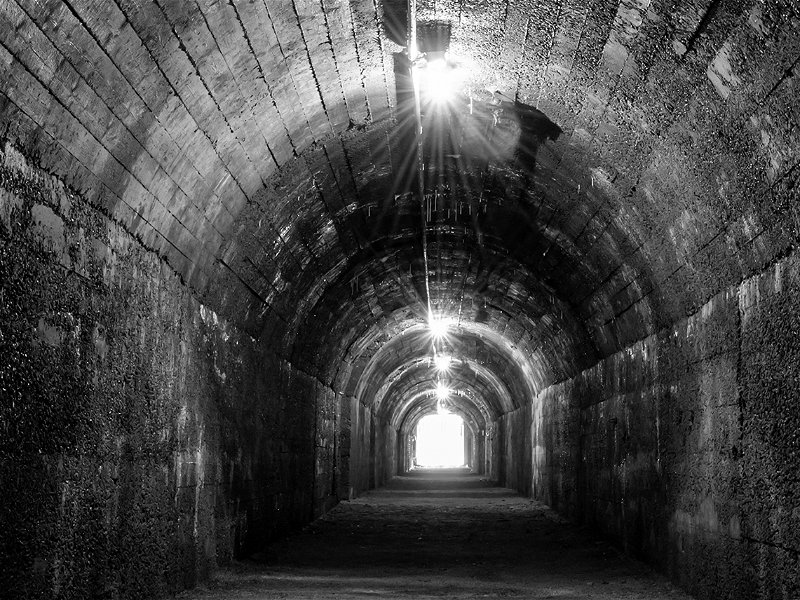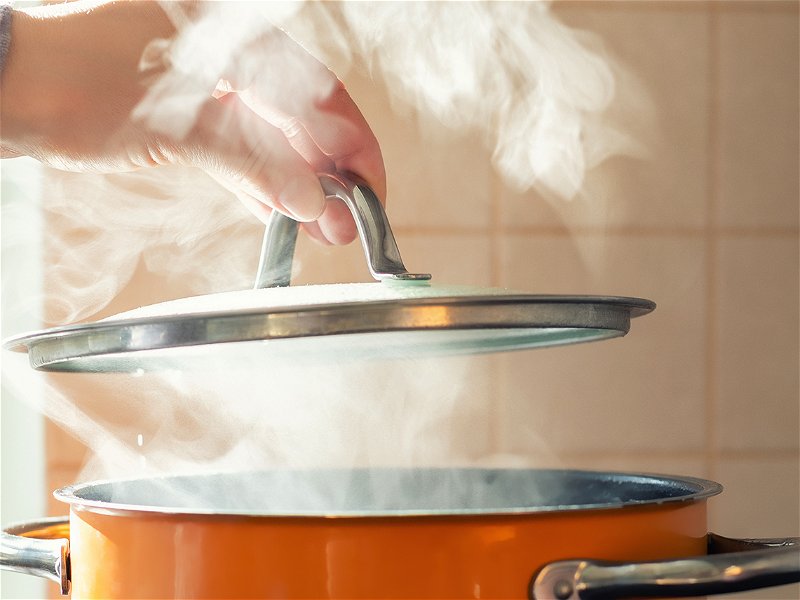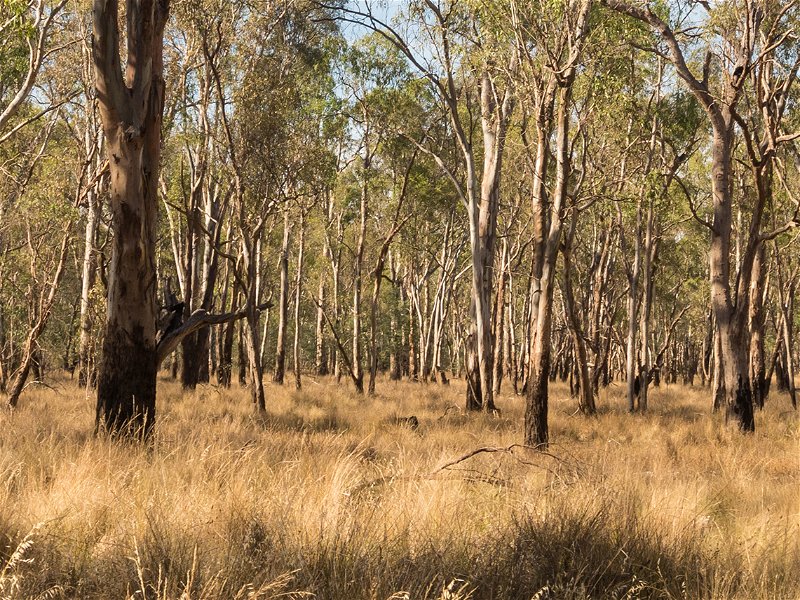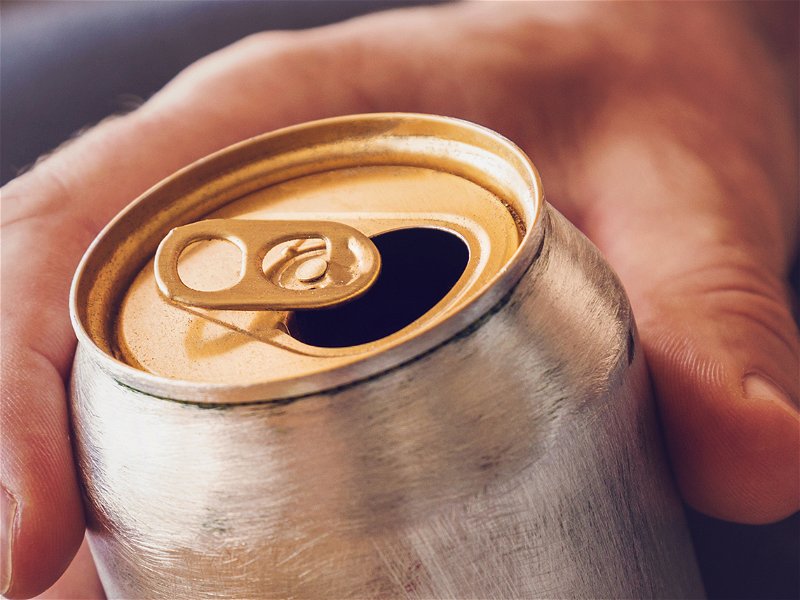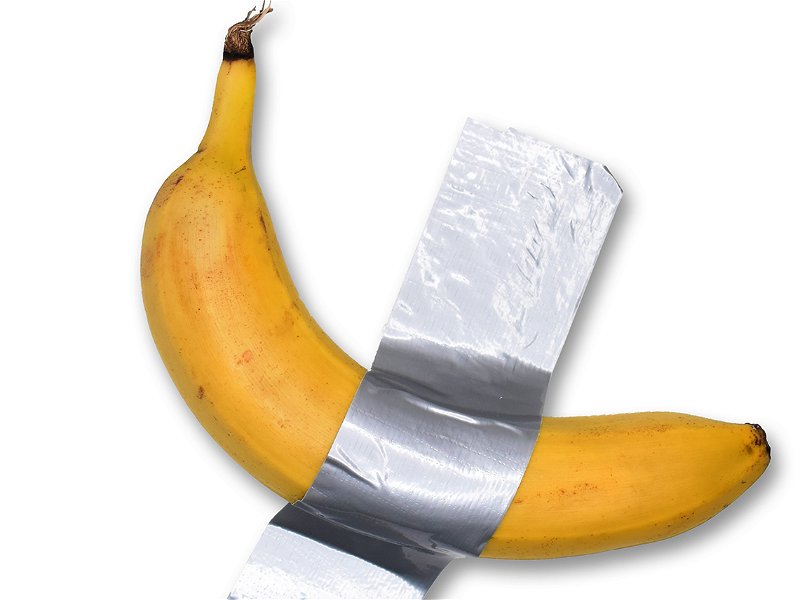The Effect of Climate Change on Viticulture
Will there soon be no more Riesling in the Rheingau and no Pinot Noir in Burgundy? Researchers advise caution when making prophecies. But one thing is sure: the door is wide open for varieties that need more warmth in many places.
“When I started at Ridge in 1969,” recalls Paul Draper, the mastermind of the glorious Californian winery, “there were fogs maybe three or four times a summer. From our highest vineyards in Monte Bello Estate at 700, 800 metres, you can see the Pacific Ocean; that’s where these fogs come from. At some point, about 25 years ago, I noticed they were becoming more frequent, and now we count 20 or 25 such days every summer.”
Draper's recollection shows how inconspicuous the first signs of global warming were. Yet the fogs from his example are even more favourable for wine quality, dampening the effects of ever rising summer temperatures. Nevertheless, the ever increasing weather variability is a challenge, says Ridge's current Chief Winemaker, John Olney: “Fortunately, we can adapt our viticultural techniques; we won't have to give up Cabernet and Merlot. For example, we no longer defoliate to keep the grapes in the shade.” Nevertheless, the winery has now turned to varieties with better heat tolerance. For example, Ridge has recently started growing the white wine variety Grenache Blanc, a descendant from Roussillon, in Paso Robles, where it is hot.

The question
So will we soon have to say goodbye to familiar wine types? To get closer to an answer to this question, this text will first describe how global warming affects the ingredients in grapes and the taste of wine. In a second step, it will name viticultural measures with which winegrowers can counteract it. Finally, we will look at the scenarios that science foresees for the coming decades.
In doing so, we disregard one of the most typical global-warming phenomena: the increasing frequency of storms. These mainly increase the economic risk without being able to derive any general consequences for wine quality.
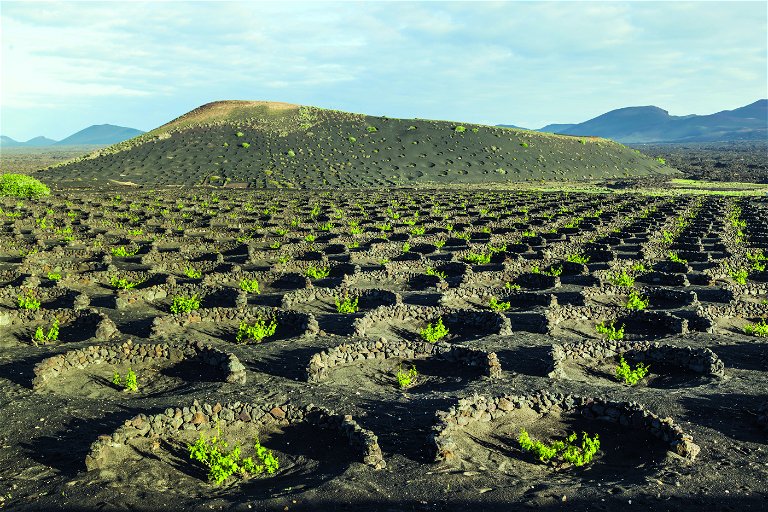
The taste of the grape
However, there are two central phenomena of climate change which have a direct impact on wine quality: drought and heat. On the one hand, drought limits the amount of yield - after all, the plant needs water to be able to store juice in the berries. For this reason, moderate drought stress is desirable. Excessive drought, however, causes a deficiency in the water supply to the vine. In addition, a severe lack of water provokes a protective reflex: to seal itself off, with the result that the berry skin forms with more tannin than usual. Since the skin, which is suitable for this purpose, is more rigid than elastic, tannins of a hard quality are formed. Heat increases the sugar content of the grapes and thus the later alcohol content in the wine. At the same time, acidity levels drop. Above 30 degrees Celsius, fewer aroma precursors and phenols are formed in the grapes, resulting in a weaker extract. The drop in acidity is exacerbated because the most significant part of global warming occurs at night - less noticeable to us humans than the temperature peaks during the day. Warmer nights, however, have a particularly strong effect on the breakdown of acids and the pH value in must and wine rises to unhealthy heights.
Here is the sensory picture of a typical global-warming wine: a lot of alcohol, little fruit, flat acidity, and coarse tannin. If people in Central Europe were still growing grapes the way they did in the 1970s, most wines would taste the same.
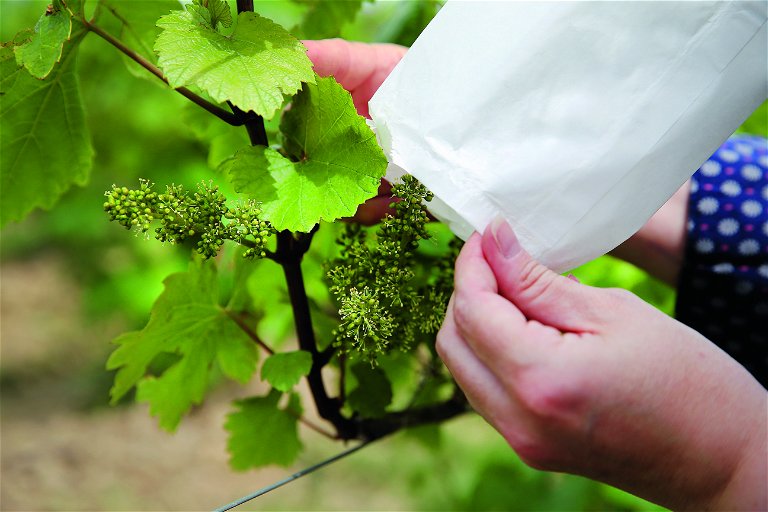
Countermeasures
Of course, winegrowers have already reacted - fortunately, they can curb some of the adverse effects by changing their viticultural methods. In doing so, they have had to throw almost all their textbook knowledge out of the window: instead of doing everything to promote the grape’s ripeness, as was taught 15 years ago, the focus is now on curbing ripeness. Instead of growing as high a foliage wall as possible on the trellis so that a large mass of leaves performs photosynthesis and forms as much sugar as possible, vintners keep the foliage wall low: due to the increased solar radiation, enough sugar is still assimilated, and the plant also loses less moisture through a smaller foliage surface, which is essential in dry summers.
The usual layout of a vineyard is also being tested: up to now, rows of vines have often been aligned in a north-south direction so that the foliage of the canes is shaded as little as possible during the sunniest hours of the day. In future, precisely such shading could be sought. Experiments in Geisenheim favour an orientation at a 42-degree angle: this way, the cool morning sun reaches the leaves more than the hotter afternoon sun.
Depending on the region and variety, the bush vine (Gobelet, Alberello) is also likely to experience a renaissance, which can more or less duck under the sun and shade its fruit with the help of the outer leaves.
Opinions are divided on whether vineyards on steep slopes will continue producing better results than those on flat neighbouring slopes. The advantage of steep slopes, which is that they give the vintner more room to manoeuvre in controlling the ripening of the grapes, remains in principle unchanged even under the conditions of global warming. In addition, the rock-rich soils that are valuable for viticulture are usually found on slopes or steep slopes. However, steep slopes are also more vulnerable to drought.
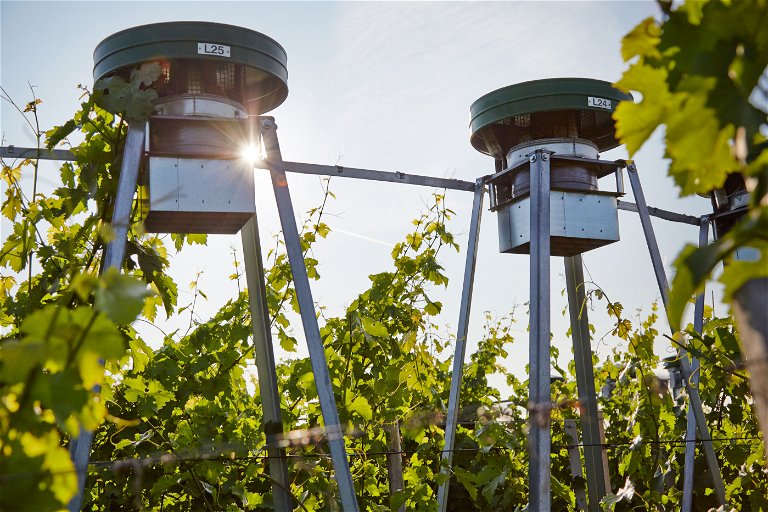
Irrigation
Whether or not installations for irrigation will be provided will be particularly important in establishing future vineyards. In many regions of the world, irrigated vineyards are already commonplace. The associated problems, however, have a political dimension as well as a viticultural one. There are, of course, areas of life that take precedence over the supply of vineyards or even agriculture when water resources are scarce. In California, for example, thousands of water rights along the Sacramento River and San Joaquin River were suspended in August 2021, another 930 on the Russian River, and just now, in March 2022, California authorities warned in a letter to the holders of such irrigation rights that such measures could also be expected in 2022.
But irrigation is also double-edged from a viticultural point of view: vines that get moisture on the surface do not develop deep roots, but without deep roots, the idea of “terroir wine” is obsolete. On the other hand, in many places, young vines hardly survive the first years of life without irrigation. A real dilemma.
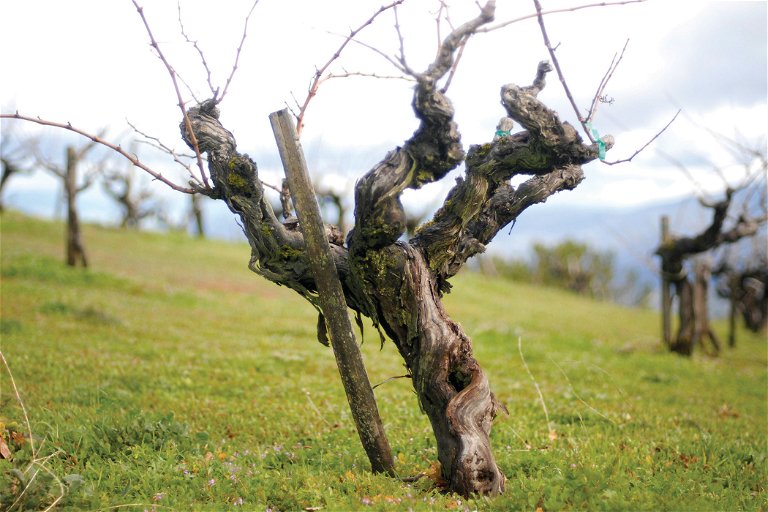
A look into the future
It is currently difficult to assess whether the viticultural toolbox will be sufficient to enable today's classic wines to be still produced with a similar taste profile in 30 or 50 years - or whether far-reaching changes such as an adjustment of the varietal palette will be necessary.
However, what is already quite clear are the general conditions for future viticulture. First, the relatively narrow band in which viticulture is possible on our planet will shift towards the poles. In the past, one spoke of the zone between the 30th and 50th degrees of latitude in the northern and southern hemispheres as a strip between the 30th and 40th degrees of latitude. Meanwhile, however, the northernmost commercially grown grapes (usually for sparkling wine) grow around the 60th parallel, on the west coast of Norway, which is under the influence of the Gulf Stream. By the year 2100 Scandinavia's coasts could become a wine-growing hotspot, predicts Professor Torben Toldam-Andersen of the University of Copenhagen: “In Germany, the best vineyards are located by the river, the same function of temperature equalisation is fulfilled in Scandinavia by the North Sea and the Baltic Sea.” Toldam-Andersen has also observed that the fungus-resistant variety Solaris – “a Scandinavian Riesling”, as he says - needs to be sprayed no more than three times a year or even not at all. Besides the wind on the coasts, the extremely long summer days in the north make life difficult for mildew.
Vines on southern slopes in the Ziller valley
However, vineyards are not only moving towards the poles but also upwards in elevation: in Austria, according to a research study, it should be possible to grow vines on southern slopes in the Inn and Ziller valleys by 2065. In South Tyrol, meanwhile, experimental plants are already growing at 1400 metres. In contrast, viticulture in many traditional areas will only be able to continue with great effort (and expense). For the USA, a study from 2006 predicts that the area under vines for premium wines could decrease by at least 14 percent by the end of the century, depending on the model calculation, even by up to 81 percent.



